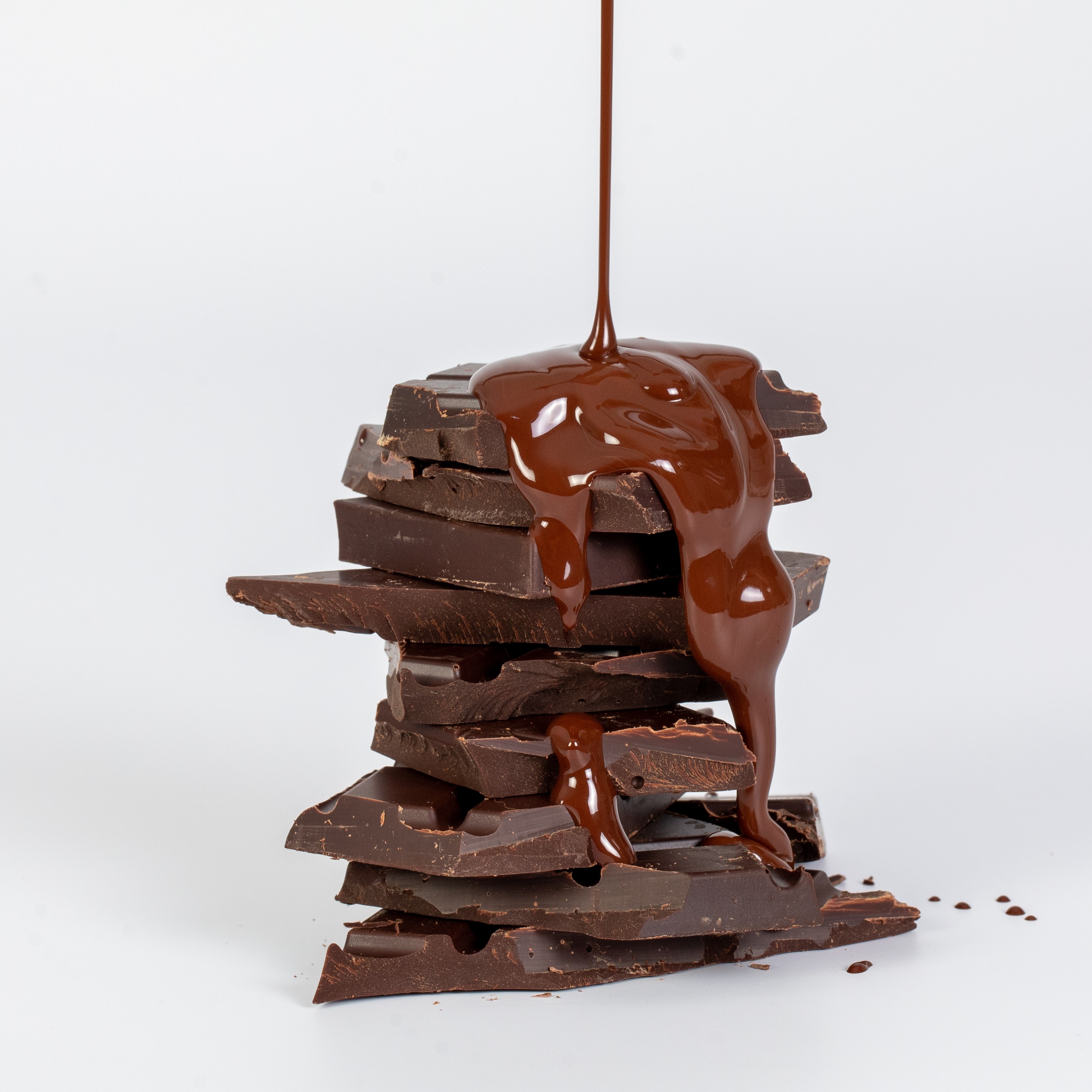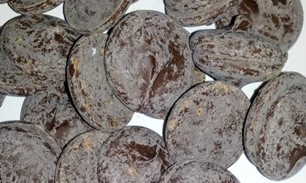
What is Blooming?
What is blooming?
Have you ever picked up a chocolate bar, eagerly unwrapped it and found it has a white covering over the surface?
Have you also panicked that this means your favourite chocolate has gone mouldy and no longer edible? Well fear not as we are here to explain this and give you a bit of peace of mind.
This white covering is actually what we refer to as ‘blooming’. Keep reading to find out how it comes about and why it is totally safe!
So what’s the deal with blooming?
Chocolate bloom is a term used to describe the white, chalky, or greyish buildup on the outer surface of chocolate. Bloom will not cover the entire outer surface as it usually appears in the form of streaks or layers on the surface of the chocolate. There are two different types of chocolate bloom: fat bloom and sugar bloom. Neither is ‘worse’ than the other, but each arises due to different physical processes taking place within the chocolate.
Fat bloom:
Fat bloom occurs when the cocoa butter in chocolate melts, it separates from the cocoa solids and rises to the surface, forming white, powdery marks and a dull white finish on the chocolate.
There are several reasons why fat bloom appears. The most common reason is that the chocolate is exposed to warm temperatures (yes this does include a British Summer!), which causes the cocoa butter in it to soften. When the fat melts, it separates from the other ingredients in the chocolate and rises to the surface, where it then solidifies again and creates white or greyish marks. Because of the cocoa butter's separation from other ingredients, the chocolate can lose its temper and shine. Fat bloom can also happen because the chocolate is not tempered properly (you won’t get any of that with us!). If the chocolate does not contain enough beta crystals, the cocoa butter will separate from the other ingredients more easily.

Sugar bloom:
Sugar bloom is characterised by a white, dusty, grainy coating that appears on the surface of the chocolate. The biggest difference here over fat bloom is that sugar bloom feels dry to the touch and has a grainy texture.
Sugar bloom is a crystallisation of sugar caused by moisture in the chocolate coating. This can be due to keeping the chocolate in a humid environment (like in a fridge, you know who you are!), or due to the formation of condensation ("sweating") when a cold product is brought into a warm area. The condensation on to the surface of the chocolate or moisture in the chocolate coating causes the sugar to absorb the moisture and dissolve. When the moisture evaporates, the sugar forms larger crystals, leaving a dusty layer.

How do I stop my chocolate blooming?
Don’t worry, whilst bloomed chocolate is safe to eat there are a few easy ways you can stop it happening.
- Make sure to keep your chocolate at a constant, cool temperature.
- Avoid storing in damp conditions such as high humidity areas or the fridge. Storing your chocolate in a dry, cool cupboard is the best bet.
What can I do with bloomed chocolate?
Looks like we may have been too late and you chocolate is already looking like the images above! Don’t worry though you can absolutely still eat it, chocolate is too good to waste! If you are not keen on the change in appearance though have a go at melting it over a bain-marie or in short intervals in the microwave and you will find it magically goes back to the glossy chocolate you know. Then add it to your favourite brownie recipe and hey presto you have a delicious treat!
